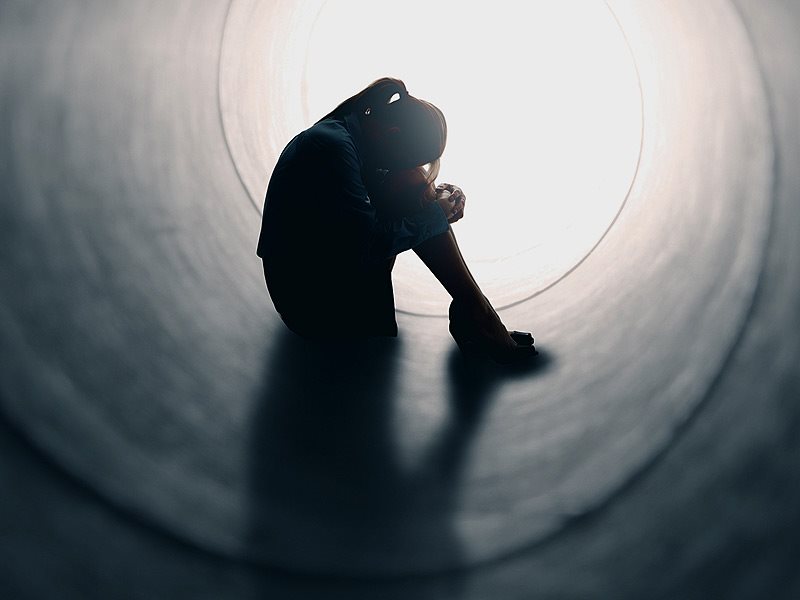Bhubaneswar: To address the dire need of mental health professionals in the state, the health department has reached for community health workers to improve access to mental health services. With the presence of a single government mental health hospital in Cuttack, and the inability to afford prolonged treatment through private healthcare, access to help continues to be the major problem for a lot of people in the state.
”In India, for a population of one lakh, there is less than one psychiatrist as we’ve only 30,000 mental health professionals. Out of which only 50 are available in Odisha— 20 in the government sector and 30 in private sector. Which is why, we have trained more than 20,000 ASHA workers, 645 medical officers and 2,000 paramedics, staff nurses and pharmacists to identify psychiatric cases and bring them to the next level of treatment. We are focusing on capacity building at the grassroots level,” said a top official from the department of health services requesting anonymity.
Recent data from a report produced by ‘India State-Level Disease Burden Initiative’ showed that prevalence of depression is high in Odisha among the states with low Socio-Demographic Index (SDI). The report was published in Lancet Psychiatry.
The index is a composite measure of per-capita income, mean education and fertility rate in women younger than 25 years. For the study, all the states were grouped into high, middle or low SDI states. Along with Odisha the other low SDI states are Bihar, Madhya Pradesh, Jharkhand, Uttar Pradesh, Rajasthan, Chattisgarh and Assam.
According to the report, in 2017, more than 3,750 per 1 lakh people in Odisha suffered from depressive disorders while between 3,200- 3,399 per 1 lakh people had anxiety disorders.
The survey also showed that with reference to disability-adjusted life-year (DALY) rates, Odisha has a high disease burden of depression among the low SDI states. DALY rates shed light on the overall disease burden and are expressed in terms of numbers of years lost due to ill health, disability or early death.
The department is working to reduce the treatment gap in rural areas by training medical officers to step in. “SCB Mental Health Institute has set up a ‘virtual knowledge network’ to train medical officers on counseling, early screening and follow up on cases. Through the virtual hub, doctors from SCB will be working with specialists from NIMHANs. We have 30 districts under mental health programme and a staff of 75 working across 23 districts. We are also trying to bring in regulations for the state under the Mental Healthcare Act. In rural areas people can reach out to medical officers at the local Community Health Centre (CHC), Primary Health Centre (PHC) or the district mental health units. Now psychotropic drugs are also available for free under the Niramaya scheme,” said sources from the department of health services.
One of the observations in the report by the India State-Level Disease Burden Initiative is that school-based mental health programmes can help improve mental health in children. The department has targeted programmes to reduce prevalence of mental health problems among adolescents. “We are trying to promote yoga and meditation as they aid mental well-being. For two years we have concentrated on training the high school teachers on establishing a positive mindset among the adolescents. Teens will be made aware of the behavioural disorders and what can they do about it. The health department has also trained 1,130 teachers so far to recognise abnormal patterns among students,” said the official.
